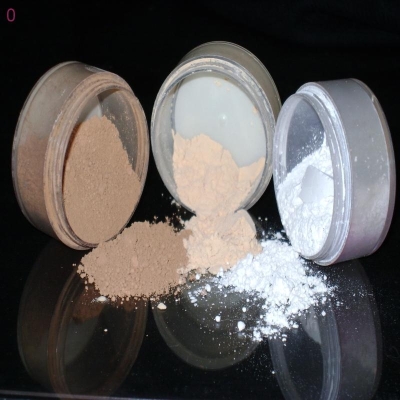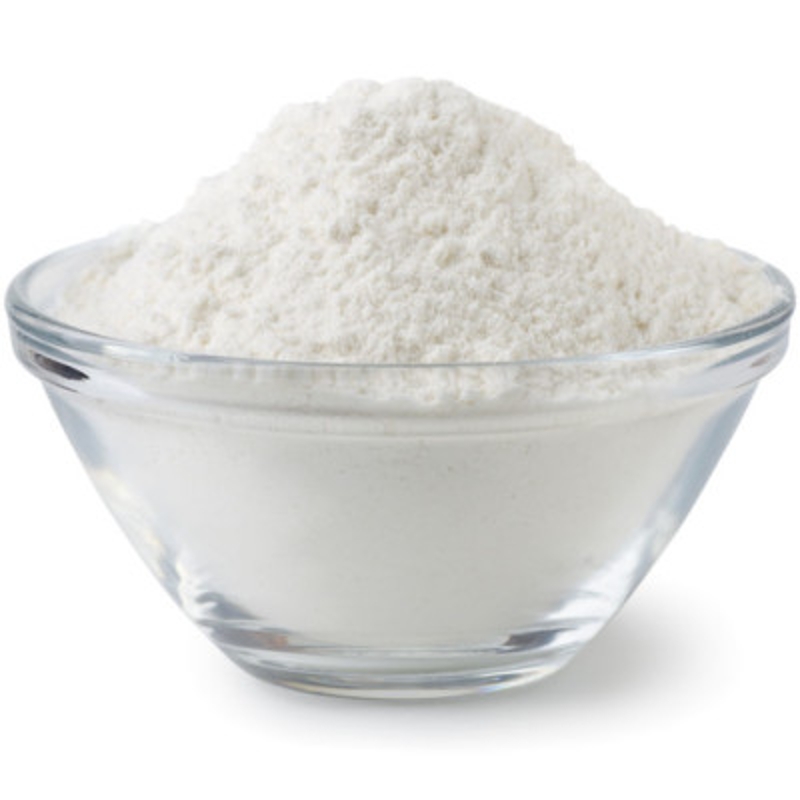-
Categories
-
Pharmaceutical Intermediates
-
Active Pharmaceutical Ingredients
-
Food Additives
- Industrial Coatings
- Agrochemicals
- Dyes and Pigments
- Surfactant
- Flavors and Fragrances
- Chemical Reagents
- Catalyst and Auxiliary
- Natural Products
- Inorganic Chemistry
-
Organic Chemistry
-
Biochemical Engineering
- Analytical Chemistry
-
Cosmetic Ingredient
- Water Treatment Chemical
-
Pharmaceutical Intermediates
Promotion
ECHEMI Mall
Wholesale
Weekly Price
Exhibition
News
-
Trade Service
Food preservatives are essential for product preservation and shelf life, and are an essential additive in food processingnatural preservatives compared to chemical preservatives, not only has the advantage of non-toxic harmless, but also can safely and effectively kill harmful microorganismsnext, the small editor will be combined with GB 2760 "National Standards for Food Safety Food Additives Use Standards" to take stock of the regulations allowed to use natural food preservatives1Nisinlactose streptococcus, also known as lactococcus peptide, is an antibacterial peptide containing 34 amino acids produced by streptococcus lactic acidSince Nisin enters the body, it is broken down into amino acids by proteases and is involved in metabolismTherefore, it is recognized as a natural food preservative in the world without toxic side effectsFigure 1 Lactobacillus structure
Nisin has a good antiseptic effect on most Gram-positive bacteria, such as Staphylococcus aureus, listeria, small cocci, etc., especially with a significant inhibitory effect on bacillus spores and clostridium difficilethe following is GB 2760 for lactic acid streptococcin use range, maximum use of the requirements:because lactic acid streptococcus in the acidic environment (pH 2) is extremely stable and solubility is good, can withstand the high temperature of 121 degrees C without losing life, so can be used in dairy products need high temperature sterilization products, and it can prevent after yogurt fermentationIn addition, it also has great potential for application in meat products, alcoholic beverages and other foodsNatamycina polyene-in-the-ring lipid antibacterial agent that is fermented by Natal streptococcus and brown spores streptococcusWhite or light cream yellow crystalline powder, odorless and odorless, usually present in an oleol structureFigure 2 Natamycin structure
natamycin can effectively inhibit the production of mold, yeast, fungal It has the same effect as the commonly used chemical synthetic preservatives sodium benzoate and potassium sorbate, and the inhibition of mold and yeast is 50-300 times that of potassium sorbate, so a strong anti-bacterial effect can be achieved at a smaller concentration low-dose use of natamycin can be metabolized out of the body, without affecting the taste, flavor and color of food the following is the requirement of GB 2760 for the range and maximum use of natamycin: because natamycin does not inhibit bacteria, so it does not affect the natural maturation of cheese, ham, yogurt, etc and is often used in these foods 3 Lysozyzyse (LZM) lysozyme, also known as cytoserase or N-acetyl cytophilic hydrolysis, is an alkaline protease that acts exclusively on the cell wall of microorganisms White or slightly white powdered crystals or powders, odorless, slightly sweet, soluble in water and low-salt solutions, with the optimum operating temperature of 50 degrees C and pH of 6.6 lysozyme usually comes from mammalian tears, saliva, plasma, urine, milk and other bodily fluids, egg whites in birds and poultry, and in some microorganisms It is a natural non-toxic, green and safe anti-corrosion antibacterial agent because lysozyme acts on the beta-1, 4 glycoside bonds of the basic skeleton peptide polysaccharides in the bacterial cell walls, it can inhibit the growth of Gram-positive bacteria below are the requirements of GB 2760 for the range of use of lysozyme, maximum use: studies show that the content of lysozyme in human milk is higher than cow's milk, so adding lysozyme in dairy products can make milk "human milk" And lysozyme is a functional factor of Bifidobacteria, which can promote the proliferation of Bifidobacteria in the intestines of infants, which is conducive to digestion and absorption In addition, lysozyme has been well used in fermented wine 4.-polylysine (s-PL) -polylysine is isolated from the fermentation solution of Shima and Sakait in Japan in white strepry, and is a microbial preservative food that is aggregated from 25-30 lysine residues The finished product is a pale yellow powder, soluble in water, has a strong moisture absorption and thermal stability, heating 10min at 120 degrees C, still has good antiseptic activity, and is not affected by pH good antibacterial broad spectrum of polylysine, and had certain antibacterial effect on gram-positive bacteria, gram-negative bacteria, yeast and mold below are the requirements for gb 2760 pair of polylysine use range, maximum use: currently, the until the Japanese and U.S food industry has been used, China has also approved for baked goods, meat products and fruit juice beverages If you want to fully promote, still need to explore further the above-mentioned natural preservatives are only GB 2760 approved categories, in fact, soy globulin alkaline peptides, fish essence protein, shell sugar, etc have a good anti-corrosion and preservation role because of the high cost of natural preservatives, limited ability to suppress bacteria, its reuse is also a new direction for the development of food preservatives in the future







